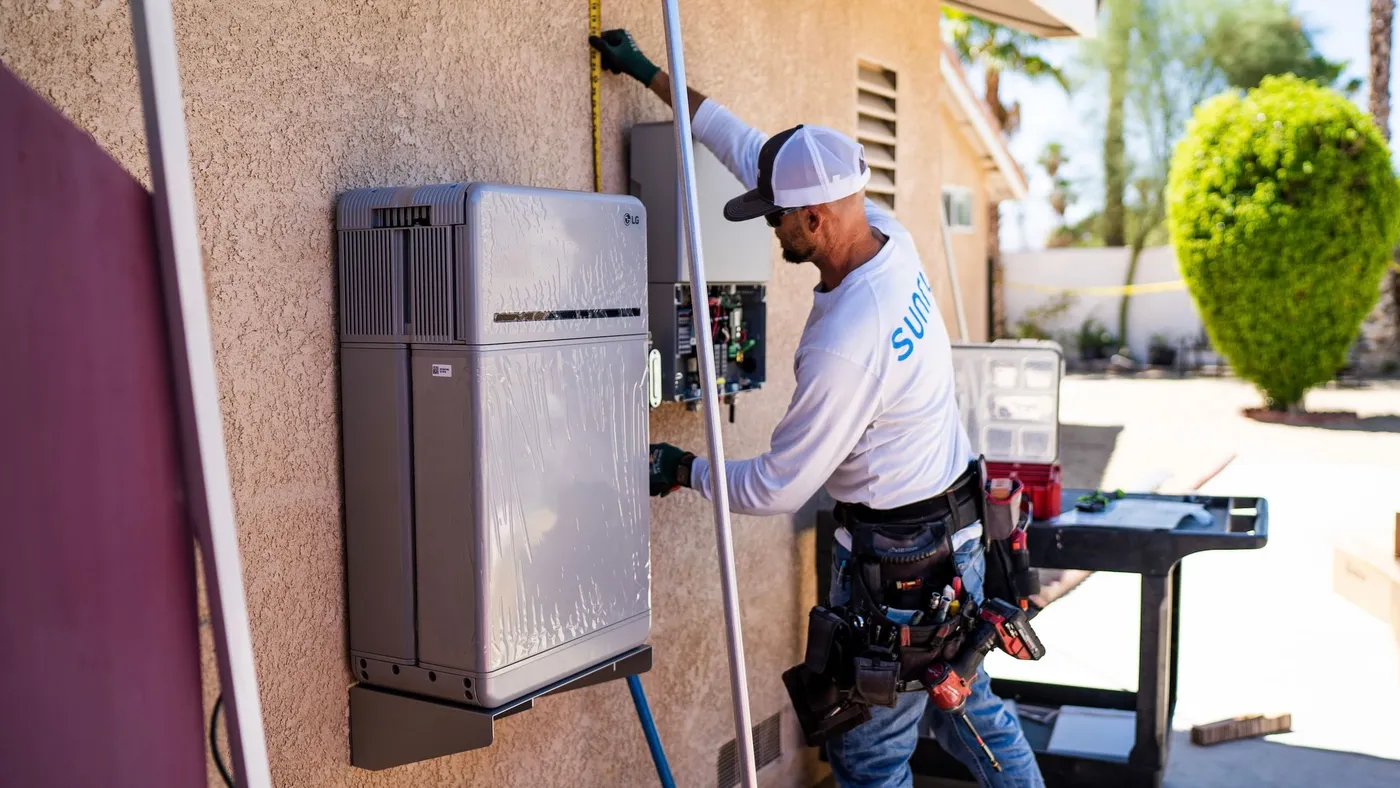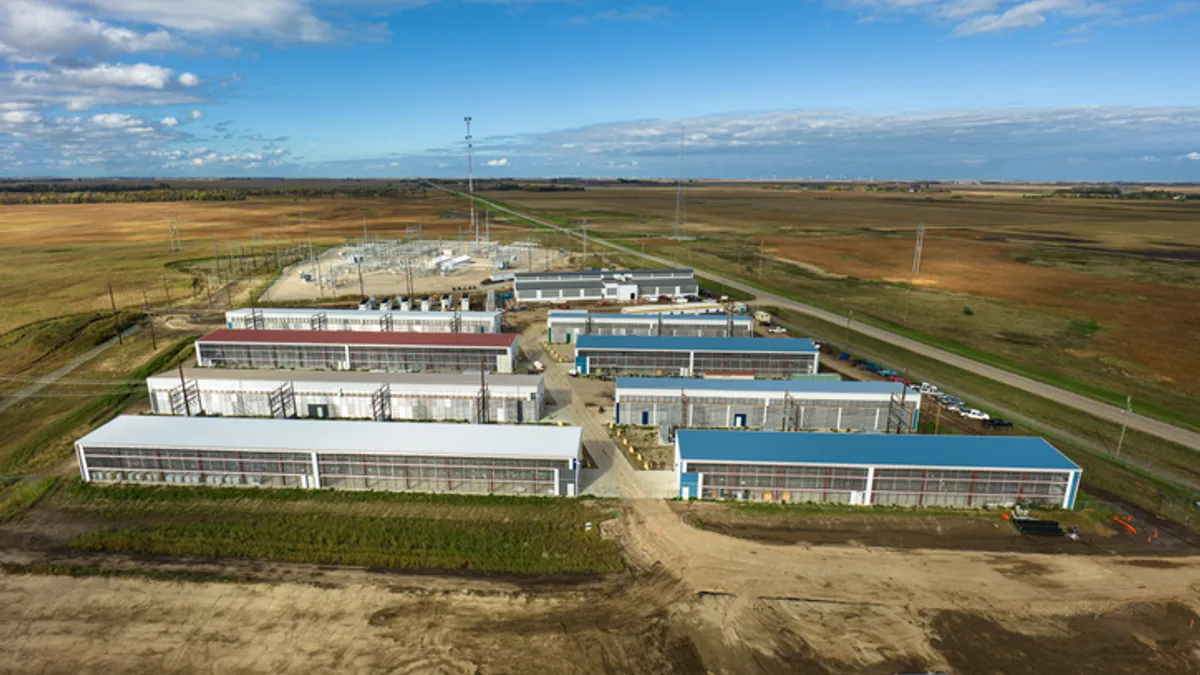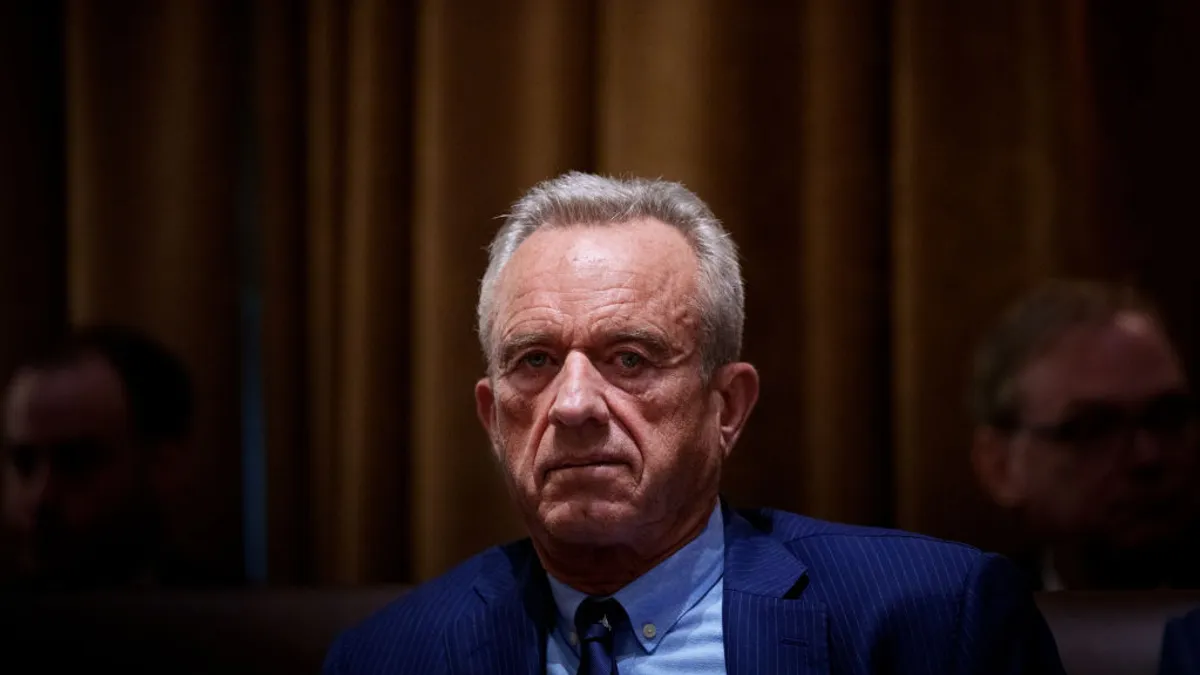As an increasing supply of renewable energy resources requires greater reliability and resiliency for the power grid, virtual power plants are emerging as one way to ensure the supply of electricity always meets the demand.
“In the future, grids are going to need to be much more flexible,” said Severin Borenstein, faculty director of the Energy Institute at the Haas School of Business at the University of California, Berkeley, and a board member for the California Independent System Operator. “They’re going to use a lot of intermittent renewable energy, and they’re looking for ways to allow the system to easily and smoothly adapt to those fluctuations.”
VPPs are one way to address intermittency, an issue with wind and solar energy, by storing excess energy that’s sent back to the grid when solar panels and wind turbines aren’t generating electricity.
“If prices start to spike [or energy supplies are constrained] we can look and say ‘hey, we have a resource within this region’ and we can press a button and call on that resource,” said Reg Rudolph, chief energy innovations officer for the Tri-State Generation Association.
However, even as VPPs proliferate, pinning down the meaning behind the term “virtual power plant” is difficult. Not everyone agrees precisely on a definition of “virtual power plant,” experts and industry insiders say.
“There is a lot of ambiguity in the market as to how they are defined by different vendors,” said Alex Pratt, vice president of business development for the California-based software company AutoGrid.
Pratt provided one such definition.
“A virtual power plant is an aggregation of distributed energy resources that is utilizing software to manage and orchestrate the resources to provide, as much as possible, the same grid services that a centralized power plant would,” he said.
A VPP can be as simple as a group of households with smart thermostats that a utility can adjust when demand strains the power grid. But VPPs generally involve several storage batteries connected to solar arrays or wind turbines that can work together to send energy back to the power grid.
“The idea of a virtual power plant is that in the heat of the summer, when you’re running your generation at full bore, you can hit a button and send a signal to larger loads and create 200, 300, 500 MW of virtual capacity,” said Rudy Garza, president and CEO of CPS Energy in San Antonio, Texas.
The concept has been discussed for decades, but utilities are looking more to VPPs as the use of battery storage increases.
“Once [a household or business] has a battery in place, the grid operator is saying ‘wait a second, we could benefit if we could use that battery on the worst day of the year,’” Borenstein said. “We could know that we could dispatch that battery right when we need it.’”
Several utilities are finding ways to encourage VPPs. The Sacramento Municipal Utility District, for example, provides a subsidy for anyone with battery storage who wants to join a virtual power plant, Borenstein said.
Virtual power plants are similar to microgrids because both can generate their own power. But microgrids are designed to run separately from the power grid, while virtual power plants are part of the grid.
Microgrids are intended to keep critical facilities such as hospitals online during blackouts.
The precise number of VPPs remains a matter of debate, but advancing technology and evolving regulations means the nation will almost certainly see more of them in the coming years, experts say.
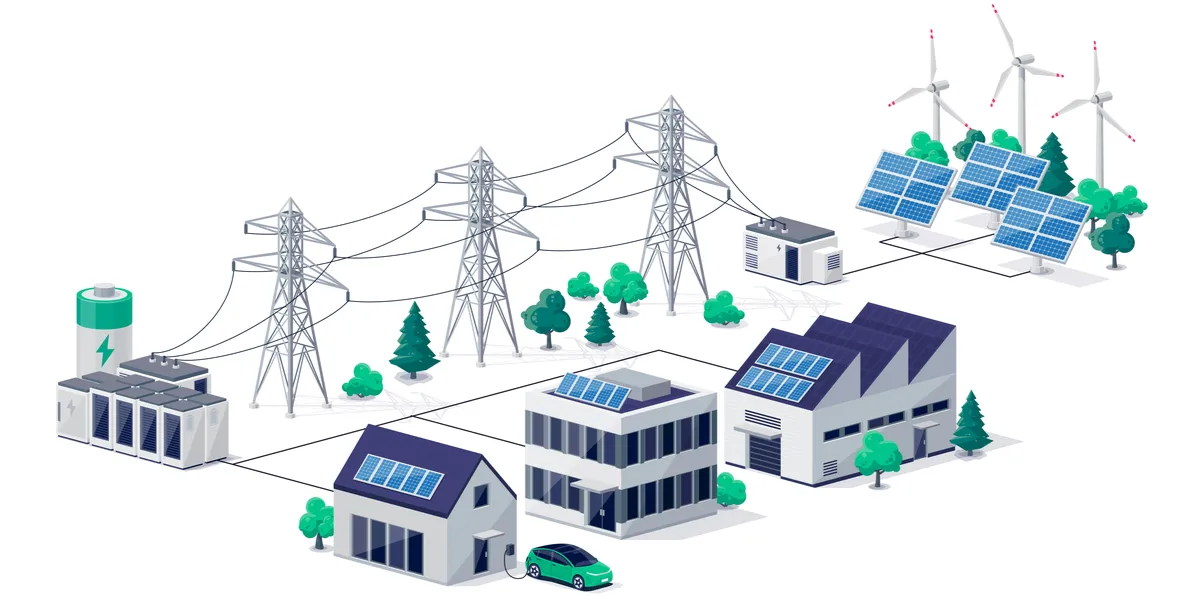
How many are there?
The number of virtual power plants in the United States depends on how the term is defined, and with no precise meaning, regulators have yet to conduct their own count.
“Many companies include or remove criteria to enable them to be part of the picture,” said Ben Hertz-Shargel, global head of grid edge for energy research and consulting firm Wood MacKenzie.
But at least one independent assessment exists.
Wood MacKenzie calls a virtual power plant an aggregation of resources. Some or all are behind-the-meter and function together to provide some type of grid service.
“They need to be dispatchable,” Hertz-Shargel said. “They don't need to be able to hit a certain price point, they can be weather-dependent and can incorporate multiple technologies.”
By that definition, the United States has more than 500 virtual power plants, with an outsized number, about 150, in California.
“There’s a lot of stuff that’s unique to California that would necessitate this,” said Ahmed Mousa, the utility of the future manager for Public Service Electric & Gas Co. in New Jersey.
For example, the unusually high price of energy in California requires novel ways to generate and deliver inexpensive power, and frequent wildfires mean that utilities need power sources to draw from when fires cause blackouts, he said.
What does it take to make more of them?
By all accounts, VPPs will proliferate as efforts to add renewable energy to the grid take on a greater sense of urgency.
But the logistics of virtual power plants are the most daunting barrier. VPPs require power generation and storage in multiple locations and software programs capable of connecting them to the power grid.
“There's a project development phase, akin to putting steel in the ground, that’s the biggest barrier,” Pratt said. “You need assets, and you need things that can be controlled.”
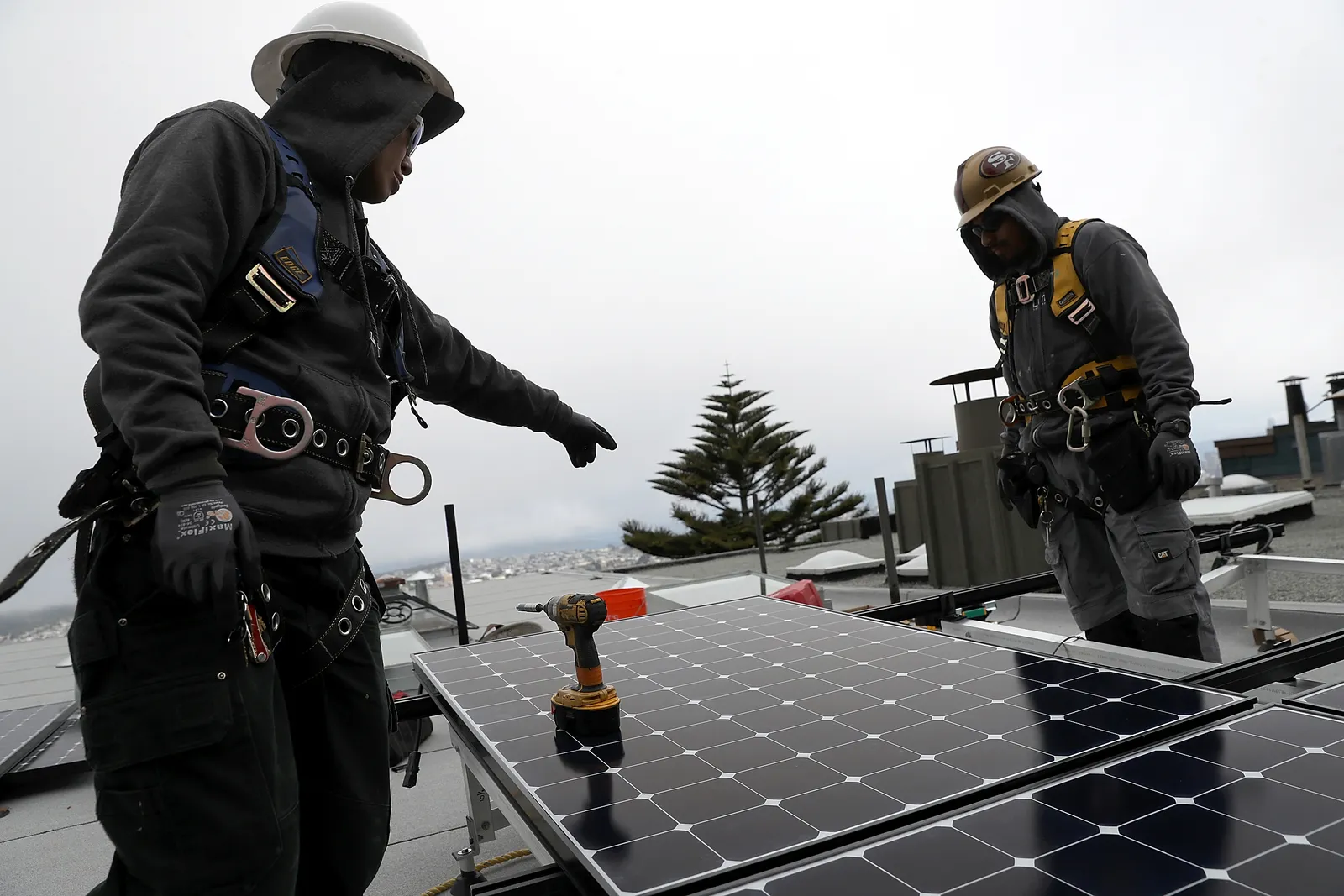
What are the benefits?
When asked about the benefits of a virtual power plant, experts and industry insiders have a common refrain: A lower carbon footprint.
A power grid relying on renewable energy needs a reliable source of power when the weather doesn’t cooperate, and virtual power plants are one way to achieve that reliability.
Virtual power plants or microgrids have numerous objectives, said Santiago Grijalva, the Georgia Power Distinguished Professor for the School of Electrical and Computer Engineering at the Georgia Institute of Technology.
“One is resilience. If power goes out, or there’s a disruption in the grid,” a VPP can provide power to a small number of customers.
By storing energy during excess generation, VPPs reduce the risk of power outages. Having more points of generation makes VPPs more reliable, Mousa said.
“You have to have some contingency,” he said. “You can’t rely on three customers, because what if they are not available?”
Another objective, Grijalva said, is sustainability. Packaging solar panels with storage batteries — as many VPPs do — makes solar more valuable, encouraging more utilities to use them and providing more power with fewer emissions of planet-warming gases.
The benefits to customers depend on where they live. Net metering rules that pay rooftop solar users for excess power change from state to state, but households who install solar panels almost always stand to benefit when those panels produce more power than they need.
“Our customers sign contracts through our demand response program,” Garza said. “We pay them what the market price is for power like we would when we go out and buy power in the market.”
How FERC order 2222 will help
Regulations are changing at the state and federal levels to clear the way for more virtual power plants
For example, in 2020, the Federal Energy Regulatory Commission ordered regional transmission organizations and independent system operators to let distributed energy resources participate directly in wholesale markets by 2026.
“And they allowed aggregation,” Mousa said. “All of us can work together to make up the virtual power plant.”
Once fully implemented, the order will be a boon for virtual power plants, which fall under the definition of distributed energy resources, experts say.
“It’s going to be a gamechanger,” Mousa said.
Visuals Editor Shaun Lucas contributed to this story.


